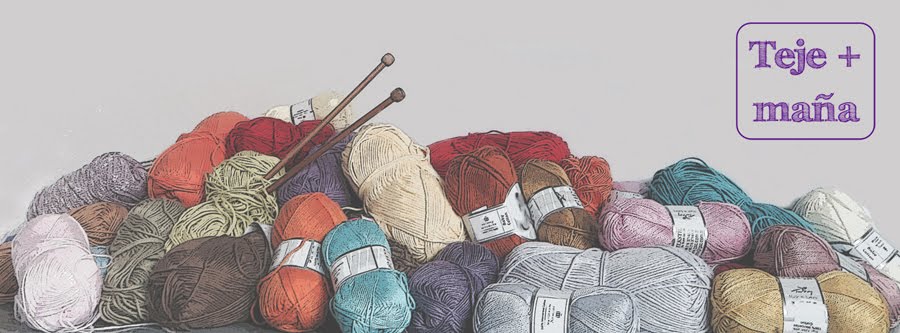Before
beginning with the stitch pattern collection, I am going to explain you what
you can find when you read a knitting pattern. There are a lot of things that
can be explained in a pattern, apart from the stitch used. If the stitch they’re
knitting a common one, like garter or seed stitch, they will just name it. In
the case of being a lace or fantasy stitch, they will explain you how to knit
it.
Sometimes basics
and the more common stitches, as well as the stitches used in the patterns, can
be found at the beginning of the instructions. You will have to come to this
point when reading the pattern.
I will tell
you now different kind of information you can find in the patterns. Maybe you
will not find all this information, but that would be not a problem, as you don’t
need all these to knit your garment. Likewise, you can find any other
information I have forgotten now. If you have any doubt when reading a pattern,
ask me.
I have
split this entry in two for you not to get tired reading.



